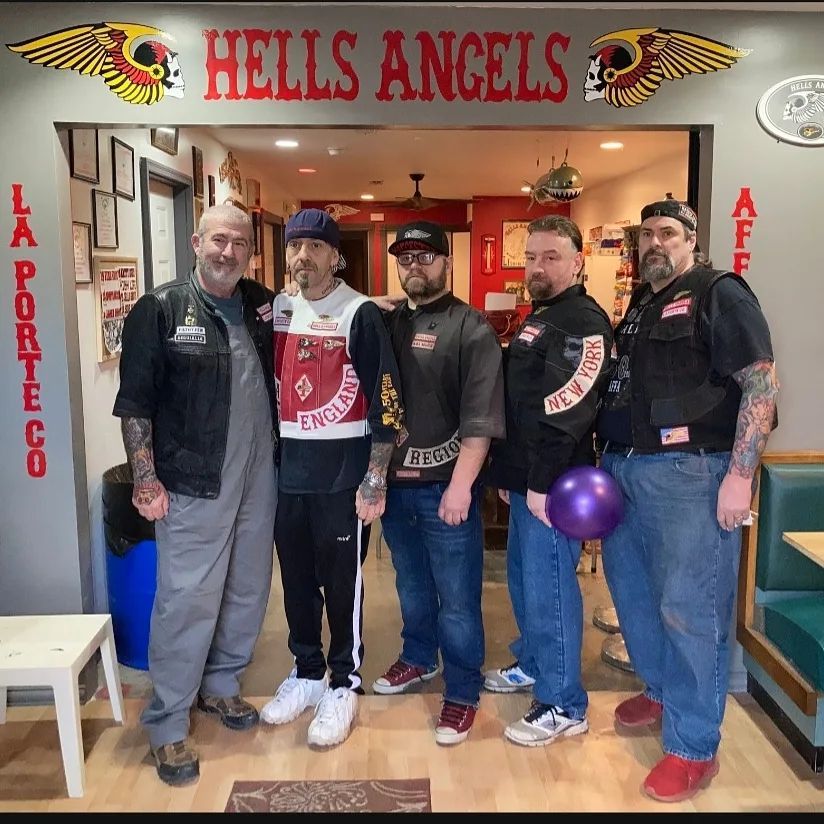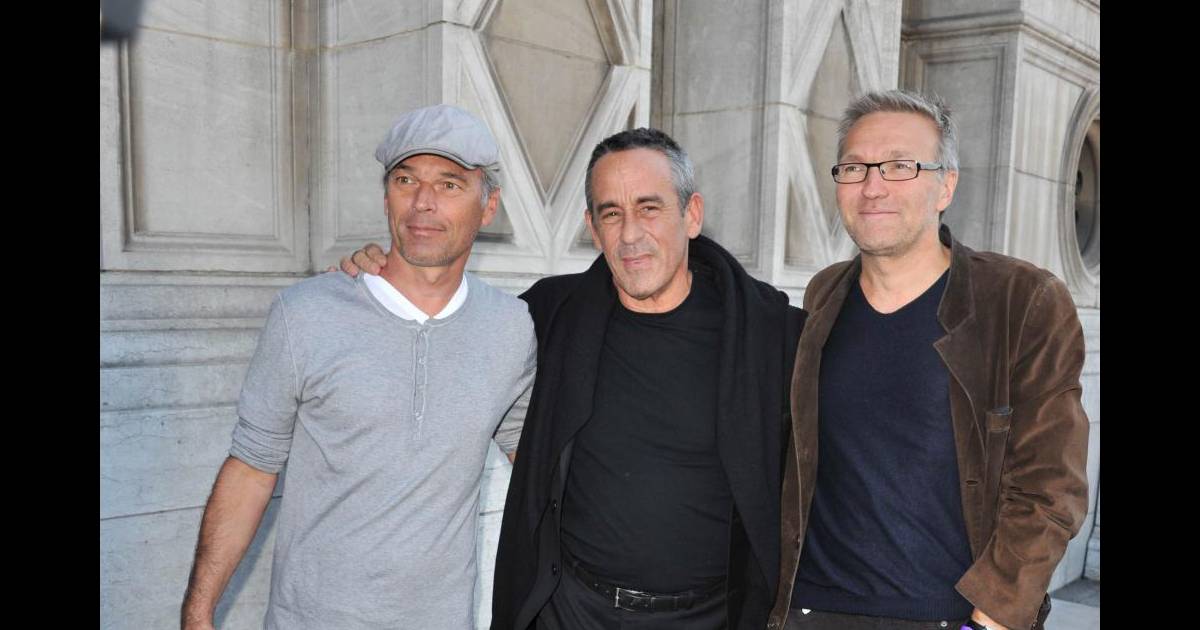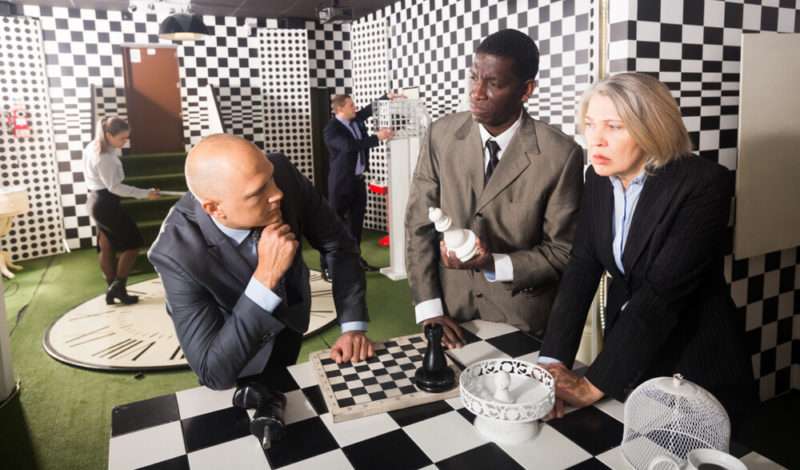The Hells Angels Motorcycle Club: A Closer Look

Table of Contents
A History of the Hells Angels Motorcycle Club
The Hells Angels' origins trace back to the post-World War II era in California. Founded in 1948 in Fontana, California, the club emerged from a post-war biker culture characterized by a rebellious spirit and a yearning for freedom. The early Hells Angels were primarily comprised of veterans and other disenfranchised youth. Their early activities involved motorcycle racing, bar fights, and general displays of defiance against societal norms.
- Founding date and location: 1948, Fontana, California.
- Early membership and activities: Primarily veterans and disenfranchised youth; motorcycle racing, bar brawls, and acts of rebellion.
- Expansion across the United States and internationally: The club rapidly expanded across the United States and later established chapters internationally, solidifying its presence as a significant, if controversial, force in biker culture.
- Significant events shaping the club's image: Several high-profile incidents of violence and criminal activity have significantly shaped the public perception of the Hells Angels.
The Hells Angels' Organizational Structure and Hierarchy
The Hells Angels MC operates with a highly structured hierarchical system. The organization is divided into chapters, each with a degree of autonomy but ultimately answerable to a national or even international leadership. This structure allows for both localized control and coordinated actions across different regions. Membership is strictly regulated, with a complex initiation process and a strict code of conduct.
- Chapter organization and autonomy: Individual chapters manage their local affairs, but decisions impacting the entire organization are made at a higher level.
- National/international leadership structure: The precise structure varies, but a hierarchical chain of command ensures control and consistency across chapters.
- Ranks within the club (e.g., prospect, member, officer): Members progress through various ranks, demonstrating loyalty and commitment before attaining full membership status.
- Rules and regulations governing membership: Strict bylaws govern all aspects of membership, including behavior, loyalty, and participation in club activities.
Hells Angels Culture and Symbolism
The Hells Angels' identity is strongly linked to its distinctive symbolism. The iconic Death Head emblem, featured prominently on their vests (also known as "cuts"), is a symbol of rebellion and defiance. Their colors, typically red and white, along with other patches and insignia, signify membership and loyalty within the club. This visual identity is integral to the Hells Angels' self-presentation and serves to solidify their biker culture.
- Meaning and history of the Death Head emblem: The skull signifies defiance of authority and mortality, reflecting the club's rebellious image.
- Significance of colors and patches: Specific colors and patches denote rank, chapter affiliation, and years of service.
- Role of tattoos and other symbolic markers: Tattoos are common among members, marking their commitment and representing various aspects of Hells Angels biker culture.
- Aspects of their lifestyle, including motorcycles, rallies, and events: Motorcycles are central to their identity, with rallies and events playing a significant role in their social and organizational life.
Criminal Activities and Legal Controversies
The Hells Angels have a long and well-documented history of involvement in criminal activities. These range from drug trafficking and violence to extortion and money laundering. Numerous legal battles and convictions have further cemented their image as an organized crime syndicate. Law enforcement agencies worldwide dedicate significant resources to investigating and combating their activities.
- Types of criminal activities attributed to the club: Drug trafficking, violence, extortion, money laundering, and other organized crime activities are commonly associated with the HAMC.
- High-profile legal battles and convictions: Several high-profile cases have resulted in convictions for various crimes, highlighting the ongoing challenges in prosecuting members.
- Law enforcement strategies to combat Hells Angels activities: Law enforcement agencies employ various strategies, including infiltration, surveillance, and targeted investigations, to combat their operations.
- The ongoing debate surrounding the club's legal status: The legal status of the Hells Angels remains a complex and contested issue, with ongoing debates about their classification as a criminal organization.
The Hells Angels Motorcycle Club in Popular Culture
The Hells Angels MC has been extensively portrayed in popular culture, frequently depicted in films, books, and documentaries. These portrayals have often sensationalized their image, contributing to both their notoriety and mystique. The media's representation, ranging from romanticized portrayals to depictions of ruthless criminals, significantly shapes public perception.
- Notable films and books featuring the Hells Angels: Numerous films and books have used the Hells Angels as subject matter, influencing how the public perceives the club.
- Analysis of the media's portrayal – positive, negative, or neutral: The media's portrayal is varied, oscillating between romanticized depictions and presentations focused on their criminal activities.
- How media depictions shape public opinion: Media representations greatly influence public opinion and perceptions of the Hells Angels Motorcycle Club.
Conclusion
The Hells Angels Motorcycle Club represents a complex and multifaceted organization with a long and controversial history. From their post-war origins to their intricate hierarchical structure, distinctive symbolism, and documented involvement in criminal activities, the HAMC continues to fascinate and repel in equal measure. Their portrayal in popular culture further complicates their image, shaping public perception and fueling ongoing debate. For a more in-depth understanding of the complex history and multifaceted nature of the Hells Angels Motorcycle Club, explore further reputable sources and documentaries. Continue to research different aspects of outlaw motorcycle gangs and biker culture to develop a well-rounded perspective.

Featured Posts
-
 Ardisson Et Baffie Fin D Une Amitie Decryptage Des Accusations De Machisme
May 25, 2025
Ardisson Et Baffie Fin D Une Amitie Decryptage Des Accusations De Machisme
May 25, 2025 -
 Significant Traffic Delays On M6 Southbound Following Collision
May 25, 2025
Significant Traffic Delays On M6 Southbound Following Collision
May 25, 2025 -
 A Successful Escape To The Country Tips And Advice For Relocation
May 25, 2025
A Successful Escape To The Country Tips And Advice For Relocation
May 25, 2025 -
 Ces Unveiled Europe A Amsterdam Un Apercu Des Innovations Technologiques
May 25, 2025
Ces Unveiled Europe A Amsterdam Un Apercu Des Innovations Technologiques
May 25, 2025 -
 Gold Price Surge Trumps Eu Threats Fuel Trade War Fears
May 25, 2025
Gold Price Surge Trumps Eu Threats Fuel Trade War Fears
May 25, 2025
